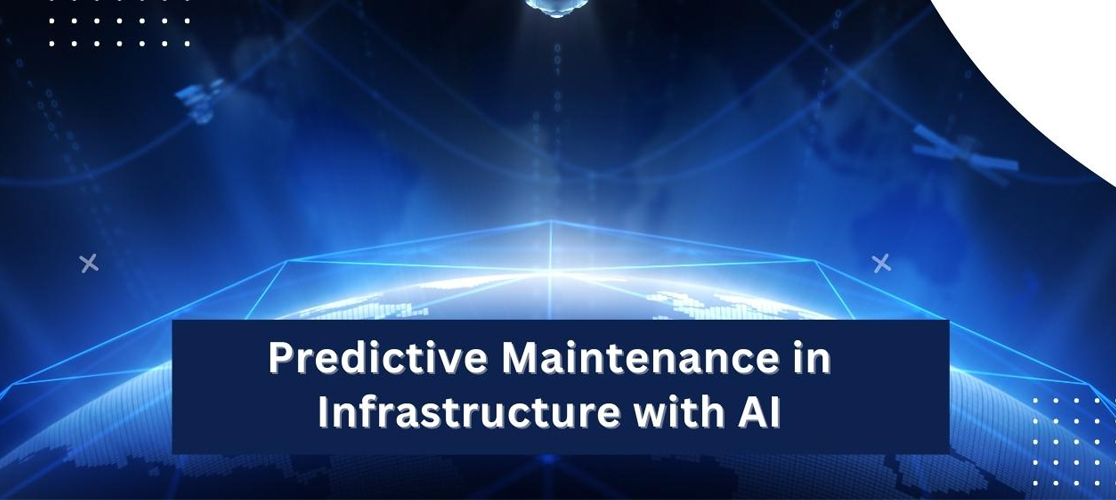24 March 2023
Predictive Maintenance in Infrastructure with AI

Predictive maintenance is a strategy that uses artificial intelligence (AI) and machine learning algorithms to anticipate and prevent equipment failures in infrastructure systems. By using real-time data from sensors, predictive maintenance can help to reduce downtime, lower maintenance costs, and improve the overall efficiency of infrastructure systems.
One of the key benefits of predictive maintenance is the ability to detect equipment failures before they occur. By using real-time data from sensors, predictive maintenance algorithms can identify patterns and anomalies in equipment performance, allowing maintenance teams to take preventative action before a failure occurs. This can help to reduce the number of unplanned outages, lowering the risk of equipment damage and reducing the overall cost of maintenance.
Another benefit of predictive maintenance is the ability to optimize maintenance schedules. By using real-time data to understand the performance of equipment, predictive maintenance algorithms can provide maintenance teams with more accurate and timely information about when equipment needs to be serviced. This allows maintenance teams to schedule maintenance more efficiently, reducing downtime and improving overall productivity.
In addition to reducing downtime and maintenance costs, predictive maintenance can also help to improve the safety of infrastructure systems. By detecting potential equipment failures early, predictive maintenance can help to prevent dangerous accidents and minimize the risk of harm to workers and the general public.
One of the key challenges of implementing predictive maintenance is the need for high-quality data. To be effective, predictive maintenance algorithms require large amounts of real-time data from sensors, which can be difficult and expensive to obtain. In addition, the data must be accurate, consistent, and up-to-date to ensure that the algorithms can provide accurate predictions about equipment performance.
Another challenge is the need for specialized skills and expertise. Predictive maintenance algorithms are complex and require specialized skills and expertise to develop and implement. This can make it difficult for organizations to find and retain the necessary talent to implement predictive maintenance effectively.
Finally, the implementation of predictive maintenance also requires a significant investment in technology, including sensors, data storage and processing systems, and predictive maintenance software. This can make it challenging for organizations, especially smaller ones, to implement predictive maintenance on a large scale.
In conclusion, predictive maintenance is a strategy that uses AI and machine learning algorithms to anticipate and prevent equipment failures in infrastructure systems. By using real-time data from sensors, predictive maintenance can help to reduce downtime, lower maintenance costs, and improve the overall efficiency of infrastructure systems. However, the implementation of predictive maintenance is not without its challenges, including the need for high-quality data, specialized skills and expertise, and a significant investment in technology.
